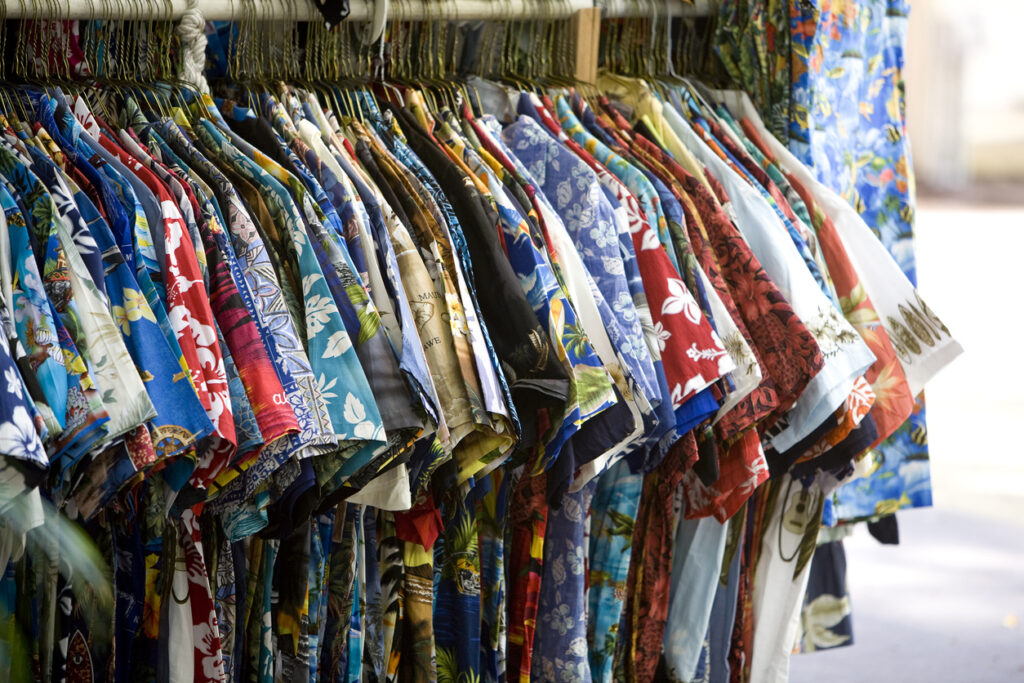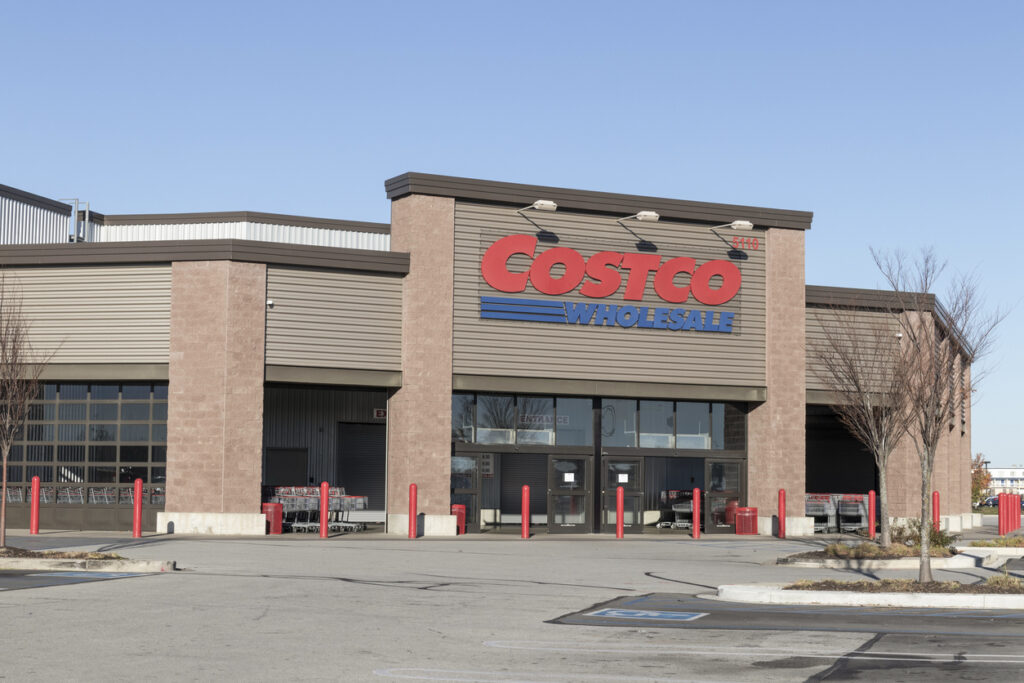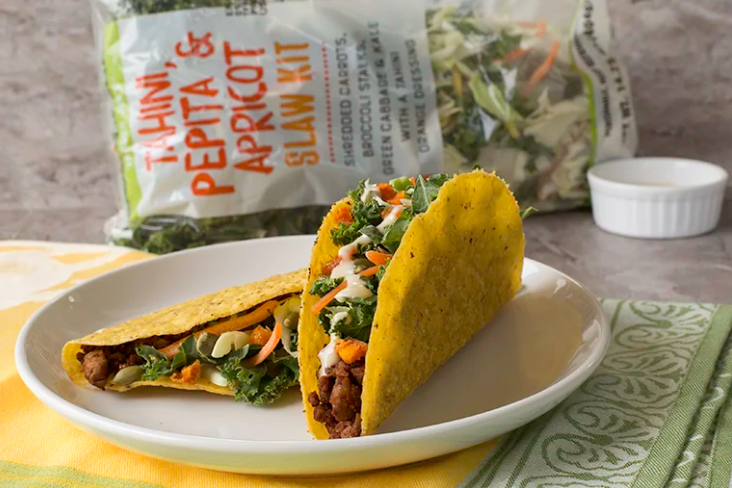
For countless shoppers, a visit to Costco isn’t complete without picking up one of their hot, golden-brown rotisserie chickens. Priced at an incredibly low $4.99, these chickens have become somewhat of a legend for their quality and affordability. However, fans of this beloved item might soon notice a significant change—not to the price or the taste, thankfully, but to the packaging.
According to discussions stemming from a memo shared on Reddit, Costco is considering a major shift in how its rotisserie chickens are packaged. Instead of the familiar clear plastic containers with a black base, the wholesale giant is reportedly planning to introduce plastic bags with handles for these chickens. The memo emphasizes that while the packaging might change, the quality of the chicken will remain unchanged. Moreover, this new packaging approach is touted to be much more environmentally friendly, cutting down plastic use by a whopping 75%.
The rumor of this packaging update, labeled “coming soon” in the memo, has already seen some evidence of its rollout at Costco’s flagship warehouse near its corporate headquarters in Issaquah, Washington. It’s important to note, however, that Costco has not officially confirmed these changes, and the company is known for its tight-lipped approach to upcoming developments.
This potential packaging pivot aligns with practices in other countries where Costco operates, like Canada, where rotisserie chickens are already served in plastic bags. If true, this move signals a significant step towards sustainability, addressing the increasing concerns over plastic waste.
Yet, the reaction among Costco members to this rumored change has been mixed. On one side, many members have expressed support for the initiative, emphasizing the importance of reducing plastic waste and maintaining the product’s price and quality. On the other hand, concerns have been raised about the practicality of the new packaging. Customers worry that plastic bags may lead to messier experiences, from potential leaks to challenges in storing leftover chicken in the refrigerator without the convenience of resealing a container.
Some Costco members have also raised concerns about the logistics and ease of use for Costco’s employees, speculating that it might be more challenging to transfer hot, freshly cooked chickens into bags than into the current open trays, especially under the watchful eyes of eager customers.
Despite these mixed reactions, the conversation highlights a broader, ongoing dialogue about consumer goods, sustainability, and convenience. As society becomes increasingly aware of environmental issues, companies like Costco are exploring ways to balance operational efficiency, customer satisfaction, and environmental responsibility. This potential change to rotisserie chicken packaging at Costco serves as a microcosm of these larger trends, reflecting the complexities of making eco-friendly shifts in a consumer-driven market.
Whether or not these packaging changes come to fruition, the discussion underscores the importance of sustainability initiatives in retail operations. It also illustrates how such changes can spark debate among consumers, who are often caught between the desire for convenience and the recognition of their environmental impact.
As we await official confirmation or implementation of these changes, the dialogue surrounding Costco’s rotisserie chickens reminds us of the evolving relationship between consumers, corporations, and the environment. It’s a relationship that is increasingly influenced by collective efforts to reduce waste and promote sustainability, even in something as simple as the packaging of a beloved rotisserie chicken.











